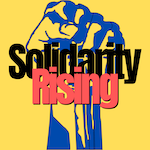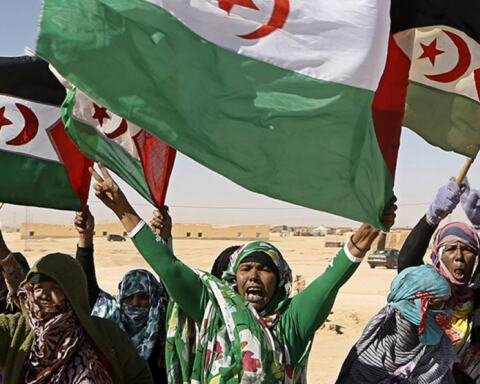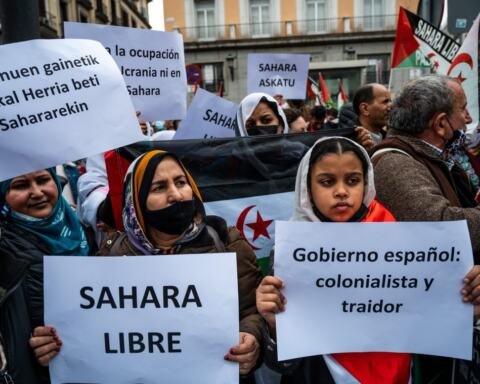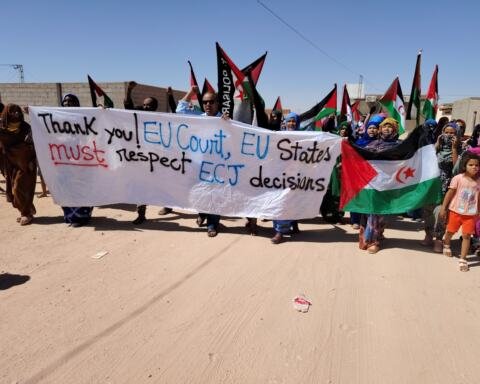In November of 2010, Moroccan news media reported on the violent riots taking place in Laayoune, the capital city of Moroccan-controlled Western Sahara. The television coverage focused on violence enacted by the protesters. Heavily edited, shaky video footage shows young Sahrawi men, their faces obscured by traditional desert turbans, attacking security vehicles, setting fire to banks and businesses, throwing stones, and fighting with Moroccan settlers and security forces.
The Moroccan media’s focus on the violence of the resistance obscures the fact that this violence was provoked by attacks from Moroccan security forces who forcibly dismantled and destroyed a tent camp that had been the site of a month-long peaceful protest known as Gdeim Izik.
The protest camp and its aftermath have been considered by some as the first in the series of uprisings that are now known as the “Arab Spring.” International media has long overlooked the conflict in the Western Sahara. The coverage in Western and Moroccan media that the region does receive focuses on instances of violence and thus obscures the story of the nonviolent resistance movement active in the region.
Full article
Nonviolent-Resistance-in-the-Western-SaharaSource: Taylor & Francis Online
Support our work
Support our work
Support our work with a one-off or monthly donation
AuthorNaomi DannYear2014Pages9LanguageEnglish
Share via
Related resources
The Western Sahara Dispute: A Cautionary Tale for Peacebuilders
The UN and MINURSO have succeeded neither inconducting a referendum nor in…
Western Sahara as a Hybrid of a Parastate and a State-in-Exile: (Extra)territoriality and the Small Print of Sovereignty in a Context of Frozen Conflict
Within the liminal universe of parastates, what makes Western Sahara/SADR…
The Front Polisario Verdict and the Gap Between the EU’s Trade Treatment of Western Sahara and Its Treatment of the Occupied Palestinian Territories
Morocco’s control over Western Sahara and Israel’s control of the West Bank…



